Home>Articles>How Long Does It Take A Whirlpool Ice Maker To Make Ice
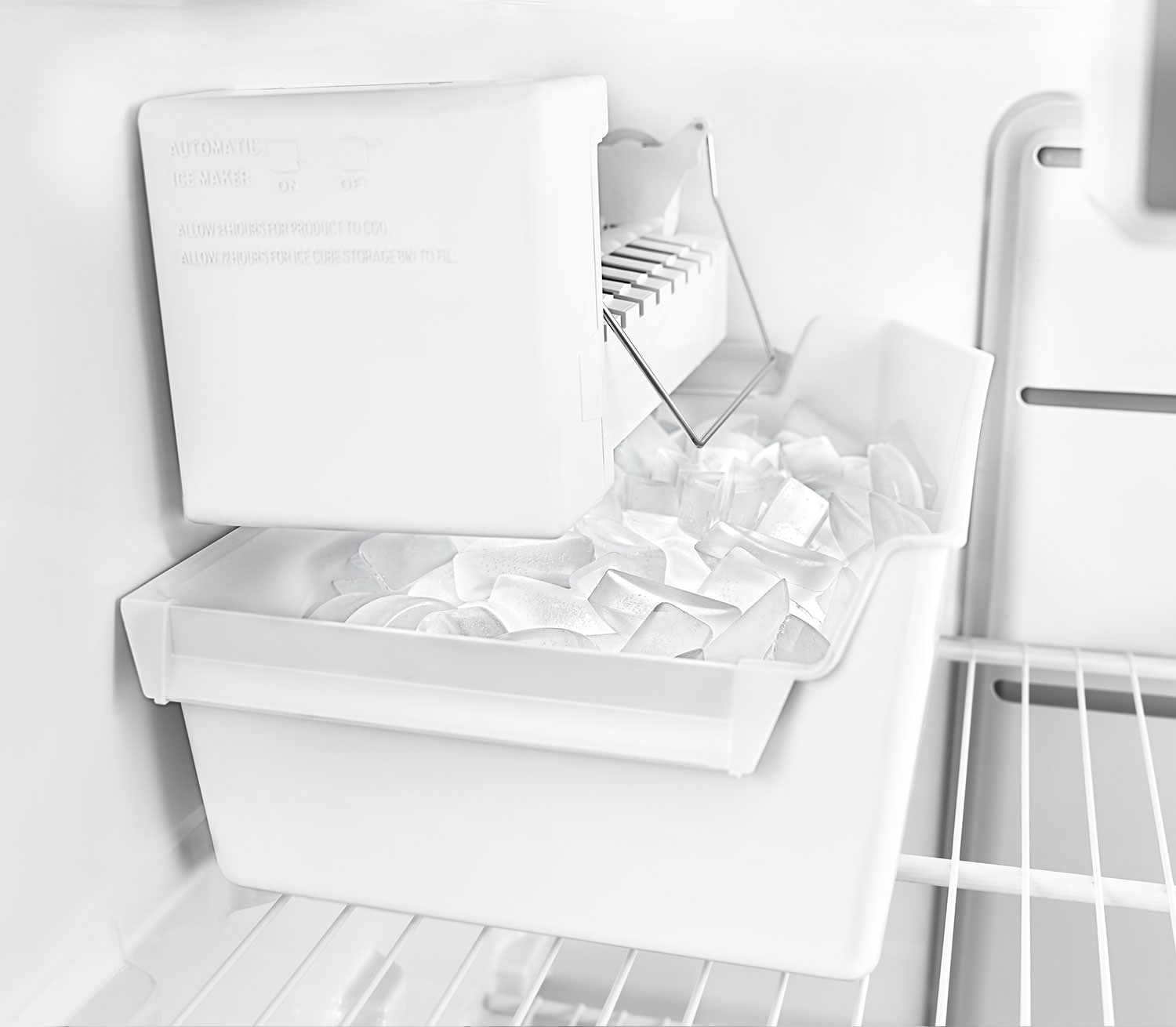

Articles
How Long Does It Take A Whirlpool Ice Maker To Make Ice
Modified: May 6, 2024
Discover how long it takes a Whirlpool ice maker to make ice with our informative articles. Find out the exact duration and optimize your ice-making process.
(Many of the links in this article redirect to a specific reviewed product. Your purchase of these products through affiliate links helps to generate commission for Storables.com, at no extra cost. Learn more)
Introduction
Welcome to our guide on how long it takes a Whirlpool ice maker to make ice! If you’ve recently purchased a Whirlpool refrigerator with an ice maker or are considering buying one, you may be curious about the time it takes for your ice maker to produce ice cubes. Understanding the ice making process and the factors that affect the speed of ice production can help you better manage your expectations.
Whirlpool is a trusted and reputable brand known for manufacturing high-quality appliances, and their ice makers are no exception. These ice makers are designed to provide you with a steady supply of ice cubes for your everyday needs, whether it’s for refreshing beverages, hosting parties, or simply making life a little more convenient.
In this article, we will delve into how a Whirlpool ice maker works, the factors that impact ice making time, the average time it takes for a Whirlpool ice maker to produce ice, and some tips to help speed up the process. We will also address common issues and troubleshooting methods related to ice making time. So, let’s get started!
Key Takeaways:
- Understanding the factors affecting Whirlpool ice maker’s production time, such as temperature settings and water quality, can help optimize ice making and ensure a steady supply of ice cubes for various needs.
- By following tips to speed up the ice making process and troubleshooting common issues, users can maintain optimal performance of their Whirlpool ice maker and enjoy hassle-free ice production.
How Does a Whirlpool Ice Maker Work?
Before we jump into the specifics of ice making time, it’s essential to understand the basic workings of a Whirlpool ice maker. Whirlpool ice makers are typically located in the freezer compartment of Whirlpool refrigerators. They operate using an automated system that follows a simple but precise process.
The ice making process begins when the ice maker’s sensor detects a low ice level. This triggers the ice maker to start the cycle. First, a water valve opens, allowing water to flow into the ice maker’s mold. This mold is typically made of plastic or metal and has small cavities where the water freezes to form individual ice cubes.
Once the water is in the mold, a cooling mechanism, usually in the form of chilled metal prongs, cools the mold’s surface, causing the water to freeze. As the water freezes, the ice cubes take shape and solidify within the mold.
After the ice cubes are fully formed, a heating element located beneath the mold warms the surface, causing the ice cubes to loosen and detach from the mold. A motorized ejector then pushes the ice cubes out of the mold and into the ice bin, where they are collected and stored until you’re ready to use them.
Once the ice bin is full, the ice maker’s sensor detects this and stops the ice-making cycle. It remains in a standby mode until the sensor detects a low ice level again, repeating the process as needed to maintain a steady supply of ice cubes.
Whirlpool ice makers often come with additional features, such as an adjustable ice cube size setting, a water filter, or an optional ice dispenser. These features can vary depending on the model and configuration of your Whirlpool refrigerator.
Now that we have a better understanding of how a Whirlpool ice maker works, let’s explore some of the factors that can affect the time it takes for the ice maker to produce ice.
Factors Affecting Ice Making Time
The time it takes for a Whirlpool ice maker to produce ice can vary depending on several factors. Understanding these factors can help you manage your expectations and optimize the ice making process. Here are some key factors that can affect the time it takes for your ice maker to make ice:
- Temperature settings: The temperature settings in your freezer can significantly impact ice making time. The colder the temperature, the faster the freezing process will be. It is recommended to set your freezer temperature between 0 to 5 degrees Fahrenheit (-18 to -15 degrees Celsius) for optimal ice production.
- Water temperature and quality: The temperature and quality of the water used by your ice maker can also influence ice making time. Cooler water will freeze more quickly. Additionally, using filtered water can help prevent impurities that can affect the taste and clarity of your ice cubes.
- Ice cube size: Whirlpool ice makers often offer adjustable ice cube size settings. Larger ice cubes take longer to freeze compared to smaller ones. If you’re in a hurry, selecting a smaller ice cube size can speed up the ice making process.
- Usage patterns: The frequency at which you use the ice and the demand placed on your ice maker can impact ice making time. If you frequently use large amounts of ice or host gatherings where there is a high demand for ice, the ice maker may take longer to refill the ice bin.
- Environmental conditions: The temperature and humidity in your kitchen environment can indirectly affect ice making time. Higher room temperatures or excessive humidity may cause the ice maker to work harder to achieve the desired freezing temperature, potentially prolonging the ice making process.
It’s important to note that these factors can influence ice making time but may not have a significant impact individually. However, a combination of several factors can contribute to longer ice making cycles. By understanding these factors and making appropriate adjustments, you can improve the efficiency of your Whirlpool ice maker and reduce the time it takes for it to produce ice.
Now that we’ve explored the factors that affect ice making time, let’s dive into the ice making process itself to gain a better understanding of why it takes a certain amount of time for the ice maker to produce ice.
Understanding the Ice Making Process
To understand why it takes a certain amount of time for a Whirlpool ice maker to produce ice, let’s take a closer look at the ice making process itself. The process can be divided into several stages:
- Water filling: The ice making cycle begins when the ice maker’s sensor detects a low ice level in the ice bin. A water valve opens, allowing water to enter the ice maker’s mold. The amount of water dispensed is carefully measured to ensure that each ice cube is of the right size.
- Freezing: Once the water is in the mold, a cooling mechanism, usually in the form of chilled metal prongs, cools the mold’s surface. As the temperature drops, the water begins to freeze. This stage can take anywhere from 20 to 30 minutes, depending on the factors we discussed earlier, such as the temperature settings and water temperature.
- Ice cube formation: As the water freezes, the ice cubes take shape and solidify within the mold. The freezing process continues until the ice cubes are fully formed. This typically takes about 2 to 3 hours, but it can vary based on the size of the ice cubes and the specific model of your Whirlpool ice maker.
- Ice cube release: Once the ice cubes are fully formed, a heating element located beneath the mold warms the surface. This causes the ice cubes to loosen and detach from the mold. A motorized ejector then pushes the ice cubes out of the mold and into the ice bin, ready for use.
The cycle will continue until the ice bin reaches its maximum capacity or until the ice maker’s sensor detects that the desired level of ice has been reached. At this point, the ice maker will enter a standby mode, waiting for the next ice-making cycle to begin when the ice level drops.
It’s important to note that the time it takes for each stage of the ice making process can vary based on several factors, including the temperature settings, water temperature, ice cube size, and environmental conditions. By understanding this process, you can have a better idea of why it takes a certain amount of time for your Whirlpool ice maker to produce ice.
Now that we have a clearer understanding of the ice making process, let’s move on to discussing the average time it takes for a Whirlpool ice maker to make ice.
The time it takes for a Whirlpool ice maker to make ice can vary depending on factors such as the model and ambient temperature. However, on average, it can take anywhere from 12 to 24 hours for the first batch of ice to be produced after the initial installation.
Average Time for a Whirlpool Ice Maker to Make Ice
The average time it takes for a Whirlpool ice maker to make ice can vary based on several factors. Typically, the ice making process can take anywhere from 2 to 4 hours, but it can vary depending on the model of your Whirlpool refrigerator, the size of the ice cubes, and the temperature settings.
Different Whirlpool ice maker models may have varying ice making times. Some models are designed to produce ice more quickly, while others may take slightly longer. It’s best to refer to your specific model’s manual or product documentation for more accurate information on the average ice making time.
As we mentioned earlier, the temperature settings play a significant role in ice making time. Setting your freezer temperature between 0 to 5 degrees Fahrenheit (-18 to -15 degrees Celsius) is optimal for ice production. Colder temperatures promote faster freezing, thus reducing the overall ice making time.
In addition to temperature settings, other factors like water temperature, ice cube size, and usage patterns can also influence the average time it takes for your Whirlpool ice maker to make ice. Using cooler water, selecting smaller ice cube sizes, and allowing enough time for the ice bin to fill up can all help optimize the ice making process.
Remember that these are average times, and variations can occur depending on the specific conditions and factors in your environment. It’s always a good idea to monitor your ice maker’s operation and adjust settings as needed to ensure that you have a steady supply of ice cubes available when you need them.
Now that we have a better understanding of the average time it takes for a Whirlpool ice maker to make ice, let’s explore some tips that can help speed up the ice making process.
Tips to Speed Up Ice Making Process
If you’re looking to speed up the ice making process of your Whirlpool ice maker, here are some helpful tips:
- Lower the freezer temperature: As mentioned earlier, colder temperatures promote faster ice production. Adjusting your freezer temperature to the optimal range of 0 to 5 degrees Fahrenheit (-18 to -15 degrees Celsius) can significantly speed up the freezing process.
- Use cooler water: When adding water to the ice maker, ensure that the water is at a cool temperature. You can use chilled or cold water from your refrigerator’s water dispenser or allow tap water to cool in the refrigerator for a short period before adding it to the ice maker. Cooler water will freeze more quickly, reducing the overall ice making time.
- Select smaller ice cube sizes: Whirlpool ice makers typically offer adjustable ice cube size settings. Choosing a smaller ice cube size can result in faster freezing times since smaller ice cubes require less time to solidify.
- Allow ample time for ice bin to fill: If you frequently use large amounts of ice or have gatherings where there is a high demand for ice, it’s essential to allow enough time for the ice bin to fill up. This can help ensure a steady supply of ice cubes and prevent the ice maker from constantly playing catch-up.
- Maintain proper maintenance and cleanliness: Regularly cleaning your ice maker and ensuring that it is free from any debris or blockages can optimize its efficiency. Consult your Whirlpool refrigerator’s manual for specific instructions on how to clean and maintain the ice maker.
- Consider an optional ice maker kit: Whirlpool offers optional ice maker kits that can be installed in your refrigerator if it didn’t come with a built-in ice maker. These kits are designed to work seamlessly with Whirlpool refrigerators and can provide faster ice production.
By following these tips, you can help speed up the ice making process of your Whirlpool ice maker and ensure that you always have a sufficient supply of ice cubes available for your needs.
However, it’s important to note that while these tips can improve the efficiency of your ice maker, there may still be some natural variations in the ice making time depending on environmental factors and specific conditions. Monitoring the ice maker’s operation and making adjustments as needed will help optimize its performance.
Now, let’s move on to discussing some common issues with ice making time and how to troubleshoot them.
Troubleshooting Common Issues with Ice Making Time
While Whirlpool ice makers are designed to work reliably, there may be instances where you encounter issues with the ice making time. Here are some troubleshooting steps you can take to address common issues:
- Check the temperature settings: Ensure that your freezer temperature is set within the recommended range of 0 to 5 degrees Fahrenheit (-18 to -15 degrees Celsius). If the temperature is too high, it can significantly impact the ice making time.
- Verify water supply: Make sure that the water supply to your Whirlpool ice maker is properly connected and turned on. If there is a problem with the water supply, it can lead to slower ice production or no ice at all.
- Inspect for clogs or blockages: Check for any clogs or blockages in the water line, water filter, or the ice maker itself. Clearing any obstructions can help improve water flow and speed up the ice making process.
- Clean the ice maker: Regularly cleaning your ice maker is crucial for optimal performance. Follow the manufacturer’s instructions to clean the ice maker and remove any built-up ice or debris that may be hindering the ice making process.
- Check for ice maker damage: Inspect the ice maker for any signs of damage or malfunctions. If you notice any broken parts or unusual sounds, it’s best to contact Whirlpool customer service or a professional technician for assistance.
- Monitor usage patterns: If the demand for ice exceeds the production capacity of your ice maker, it may seem like the ice making time is longer than expected. Adjusting your usage patterns or considering additional ice storage options can help alleviate this issue.
If you have followed these troubleshooting steps and are still experiencing issues with the ice making time of your Whirlpool ice maker, it’s recommended to reach out to Whirlpool customer service or consult a qualified technician for further assistance. They will be able to provide specific guidance tailored to your appliance and resolve any underlying problems.
By addressing these common issues and seeking professional help when needed, you can ensure that your Whirlpool ice maker is functioning optimally and producing ice in a timely manner.
Now, let’s wrap up everything we discussed in this article.
Conclusion
In conclusion, the time it takes for a Whirlpool ice maker to make ice can vary based on various factors such as temperature settings, water temperature, ice cube size, usage patterns, and environmental conditions. Understanding how a Whirlpool ice maker works and the factors that affect ice making time can help you manage your expectations and optimize the ice making process.
On average, a Whirlpool ice maker takes around 2 to 4 hours to produce ice cubes, but this can vary depending on the specific model and conditions. By setting the freezer temperature to the recommended range, using cooler water, selecting smaller ice cube sizes, and allowing ample time for the ice bin to fill up, you can speed up the ice making process.
If you encounter any issues with the ice making time, it’s essential to check the temperature settings, verify the water supply, clean the ice maker, and look for any clogs or damages. Monitoring your usage patterns and seeking professional help when needed can also ensure optimal performance and timely ice production.
Remember to consult your Whirlpool refrigerator’s manual or contact customer service for specific instructions and troubleshooting guidance tailored to your appliance.
With a properly functioning Whirlpool ice maker, you can enjoy a steady supply of ice cubes for your beverages, entertaining guests, and everyday convenience. So sit back, relax, and let your Whirlpool ice maker do the job of creating refreshing ice cubes whenever you need them.
We hope this guide has provided you with valuable insights into the ice making process and how to optimize the performance of your Whirlpool ice maker. Cheers to cold beverages and hassle-free ice making!
Now that you've got insights on speeding up your Whirlpool ice maker, why not tackle another common household challenge? If your fridge has been acting up, you might find our next guide quite handy. In it, we break down the nuts and bolts of refrigerator maintenance, helping you solve issues without breaking a sweat. Don’t let a malfunctioning fridge disrupt your daily routine—learn how to fix it yourself and save time and money. Keep your kitchen running smoothly and efficiently!
Frequently Asked Questions about How Long Does It Take A Whirlpool Ice Maker To Make Ice
Was this page helpful?
At Storables.com, we guarantee accurate and reliable information. Our content, validated by Expert Board Contributors, is crafted following stringent Editorial Policies. We're committed to providing you with well-researched, expert-backed insights for all your informational needs.
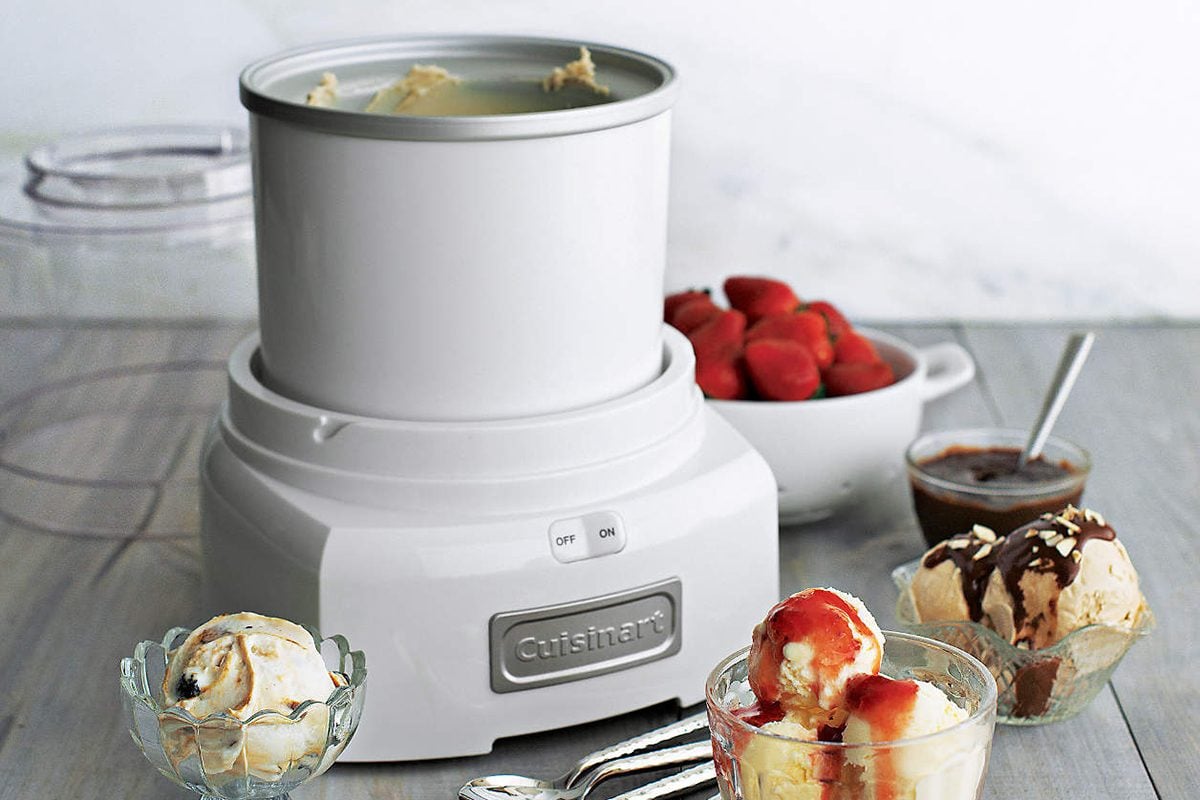
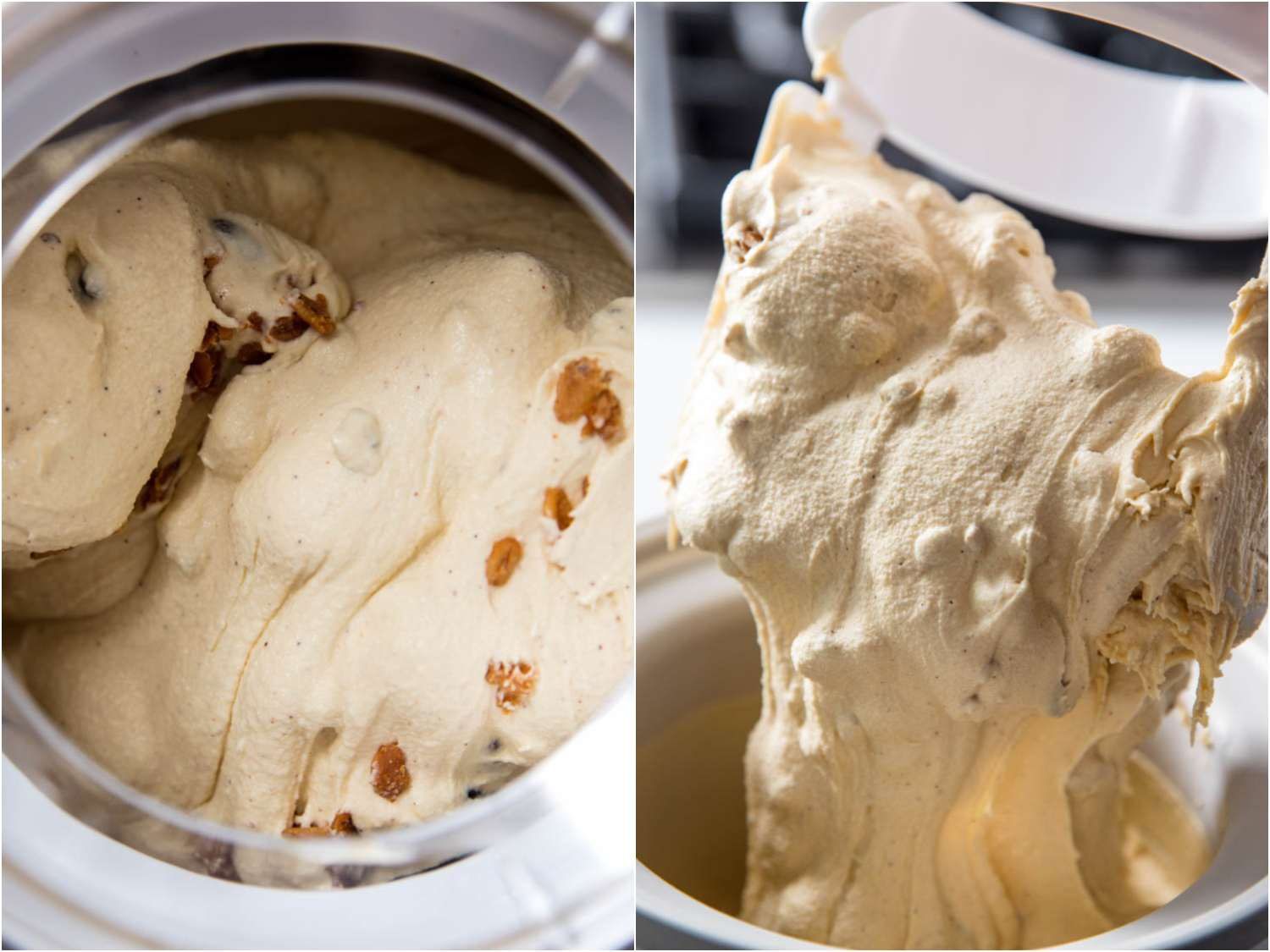
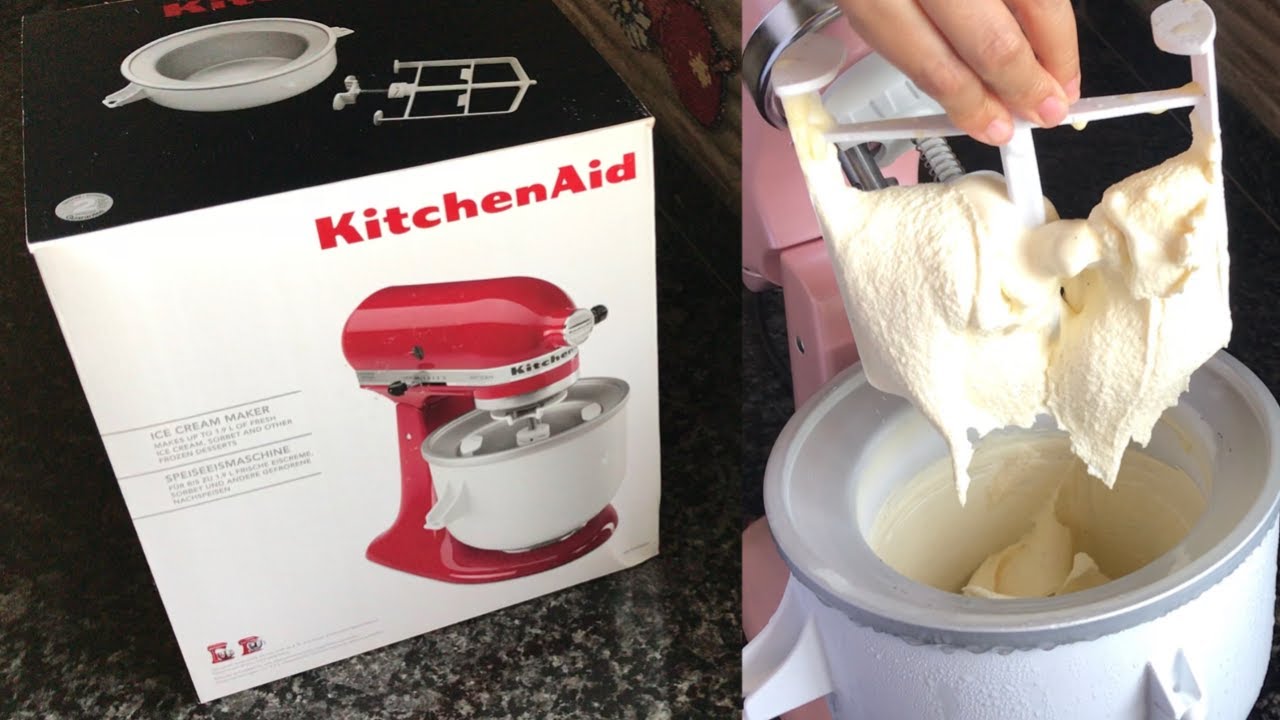
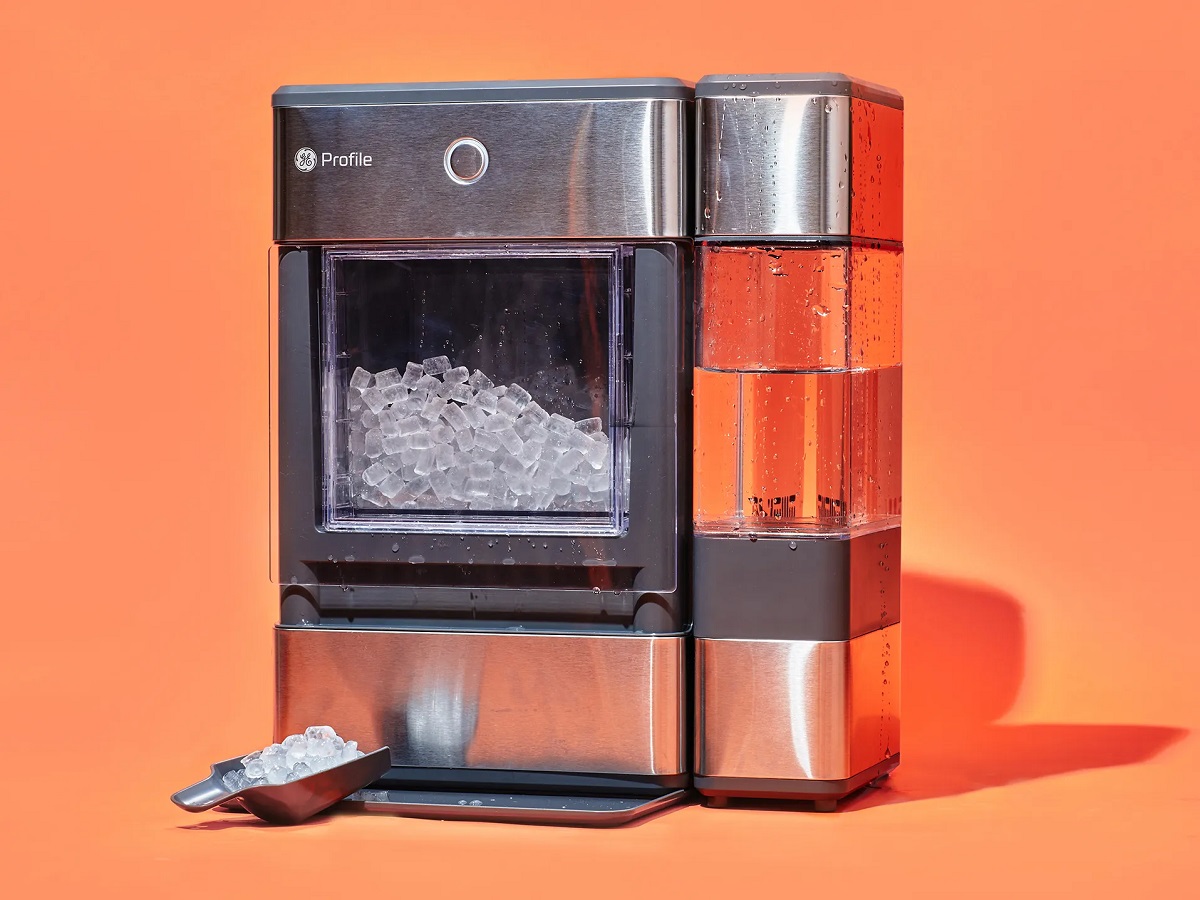
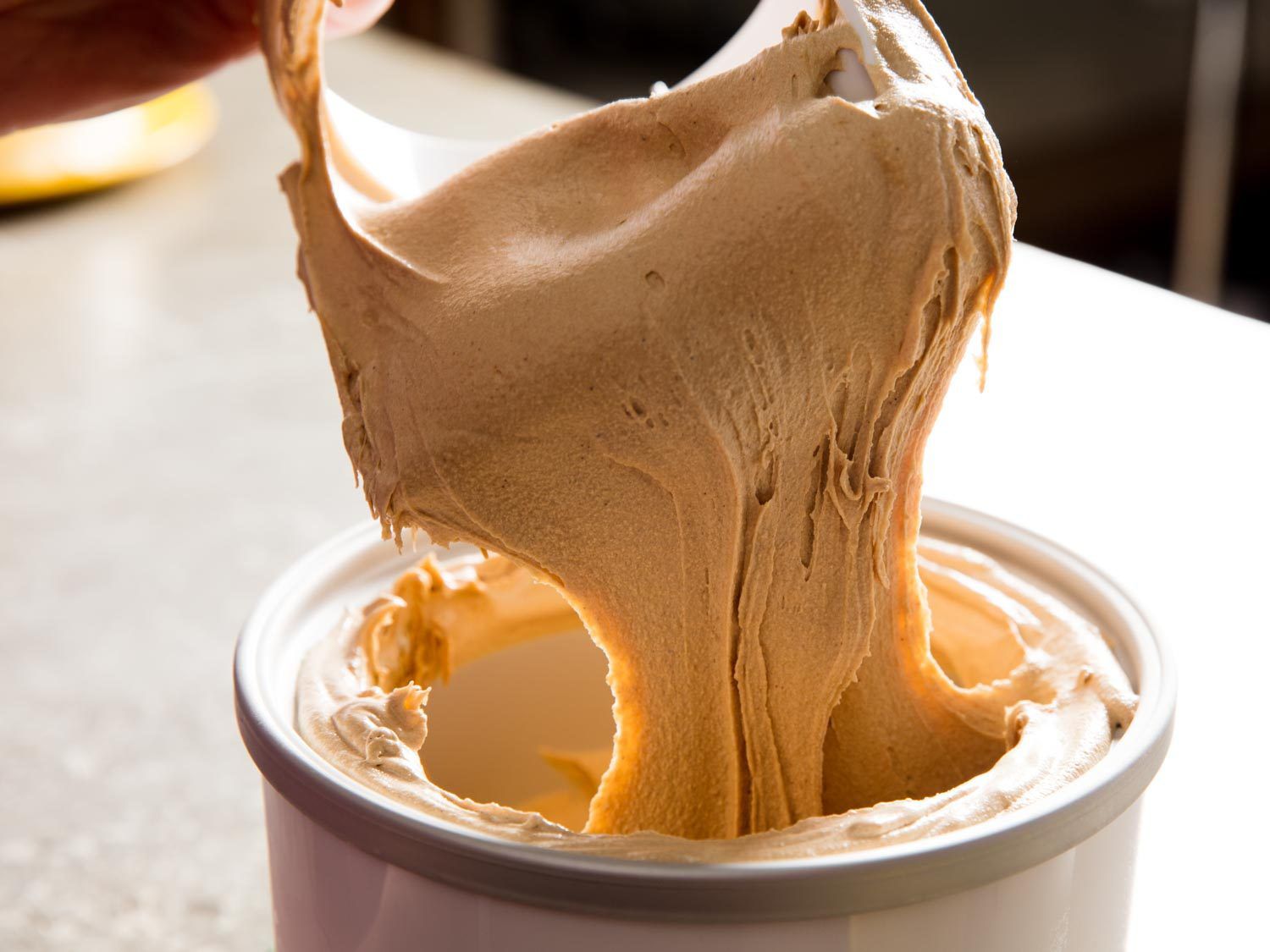
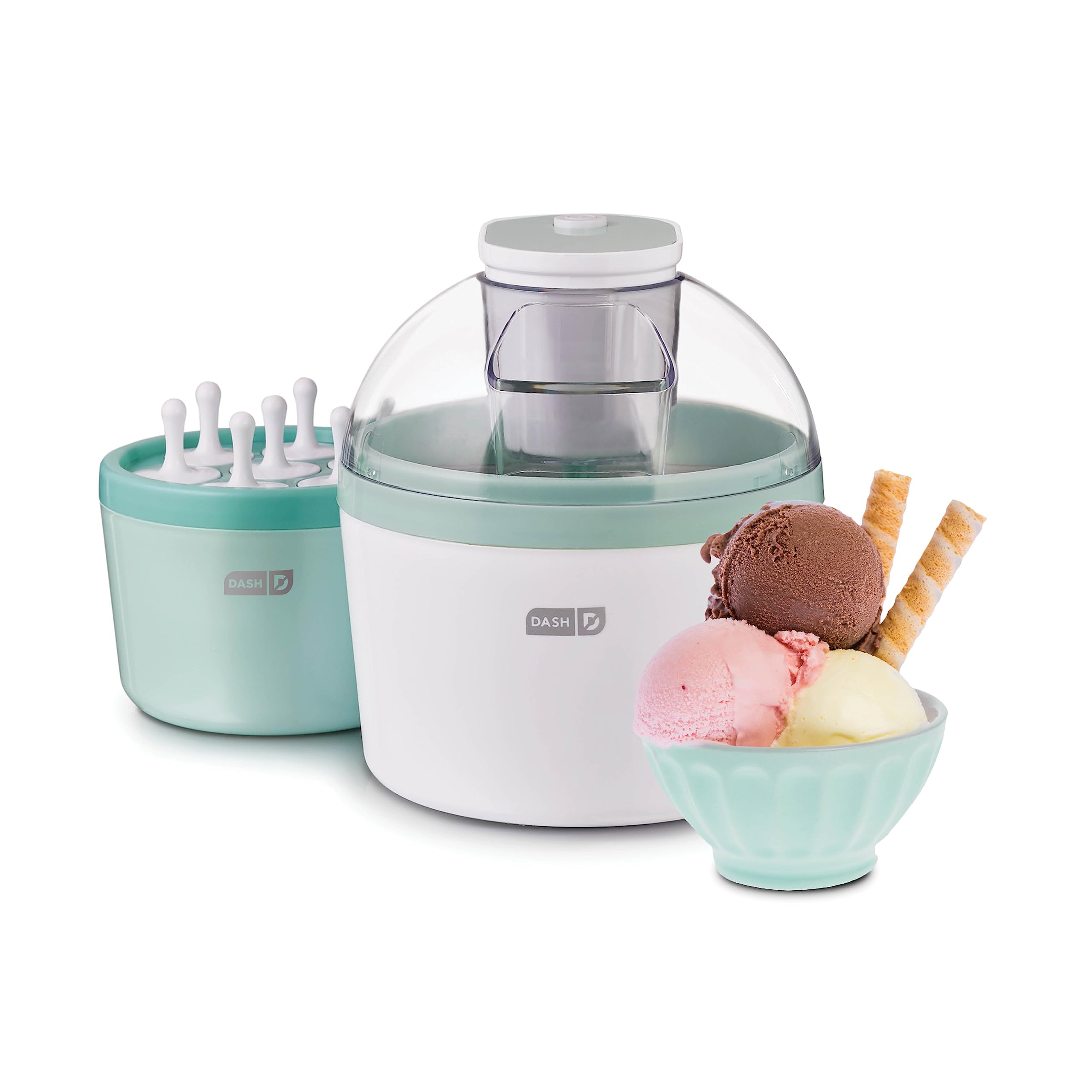
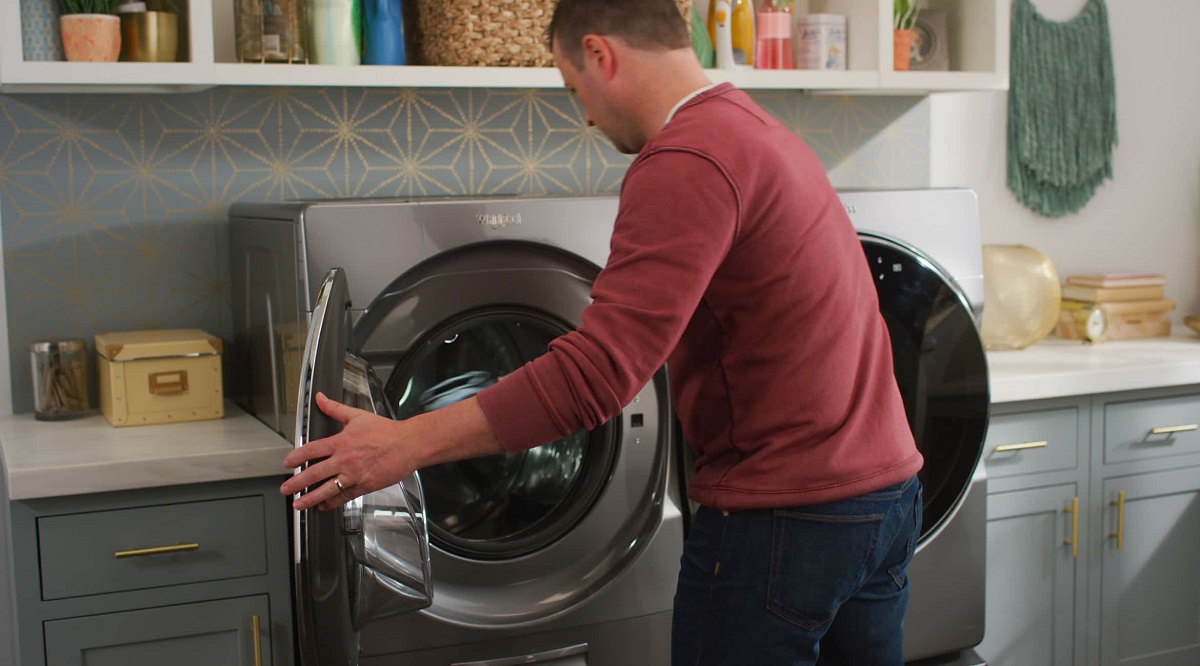
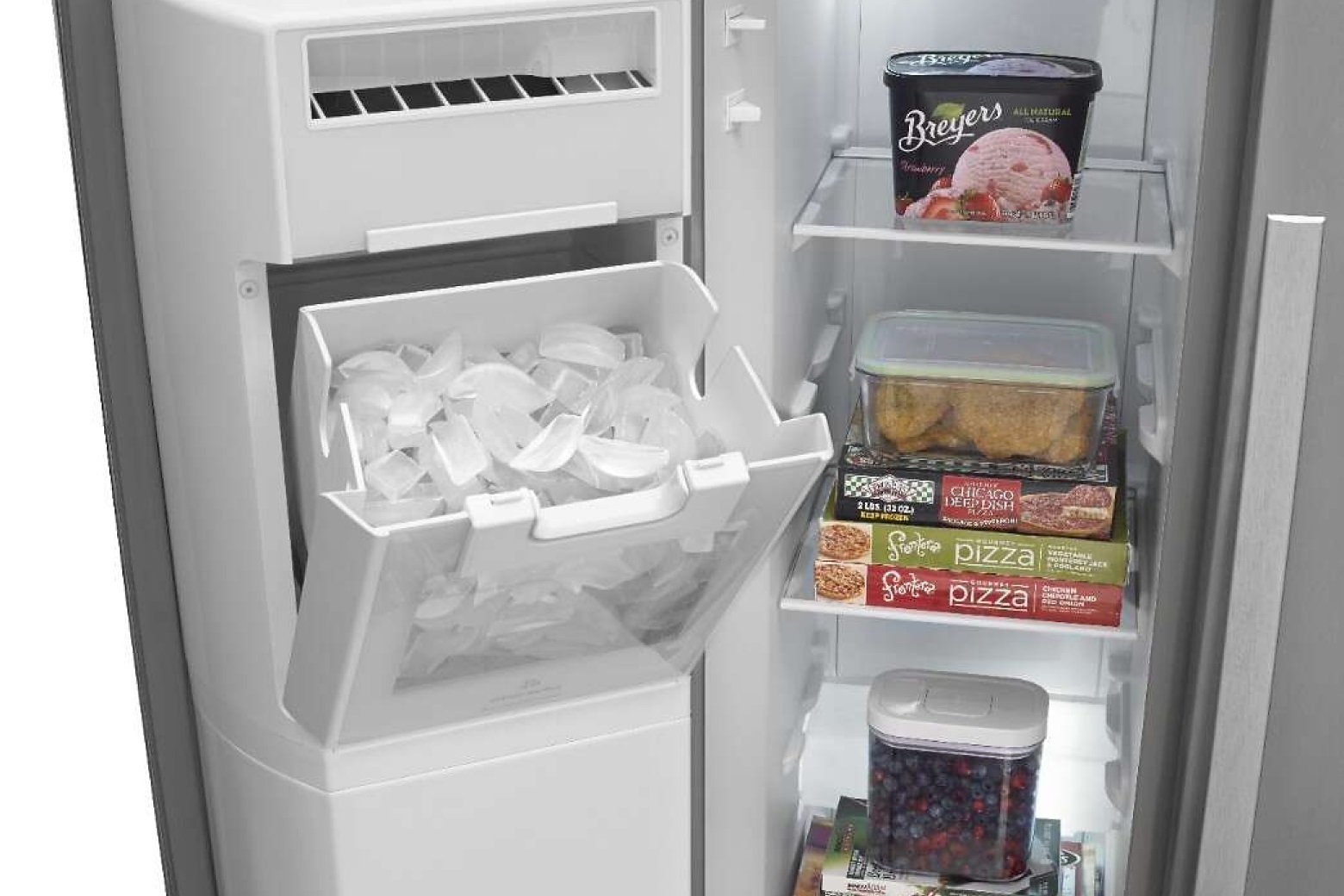
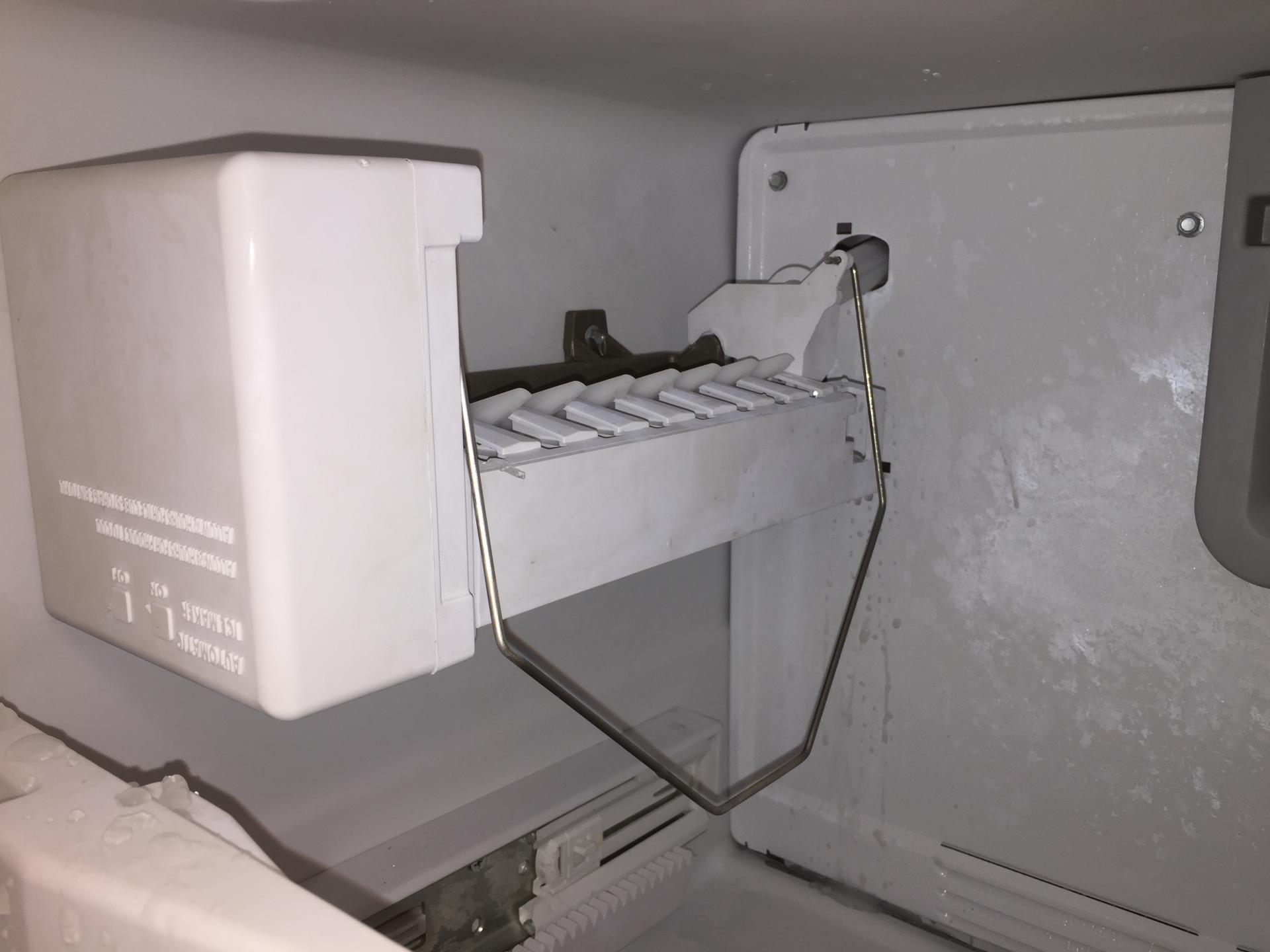
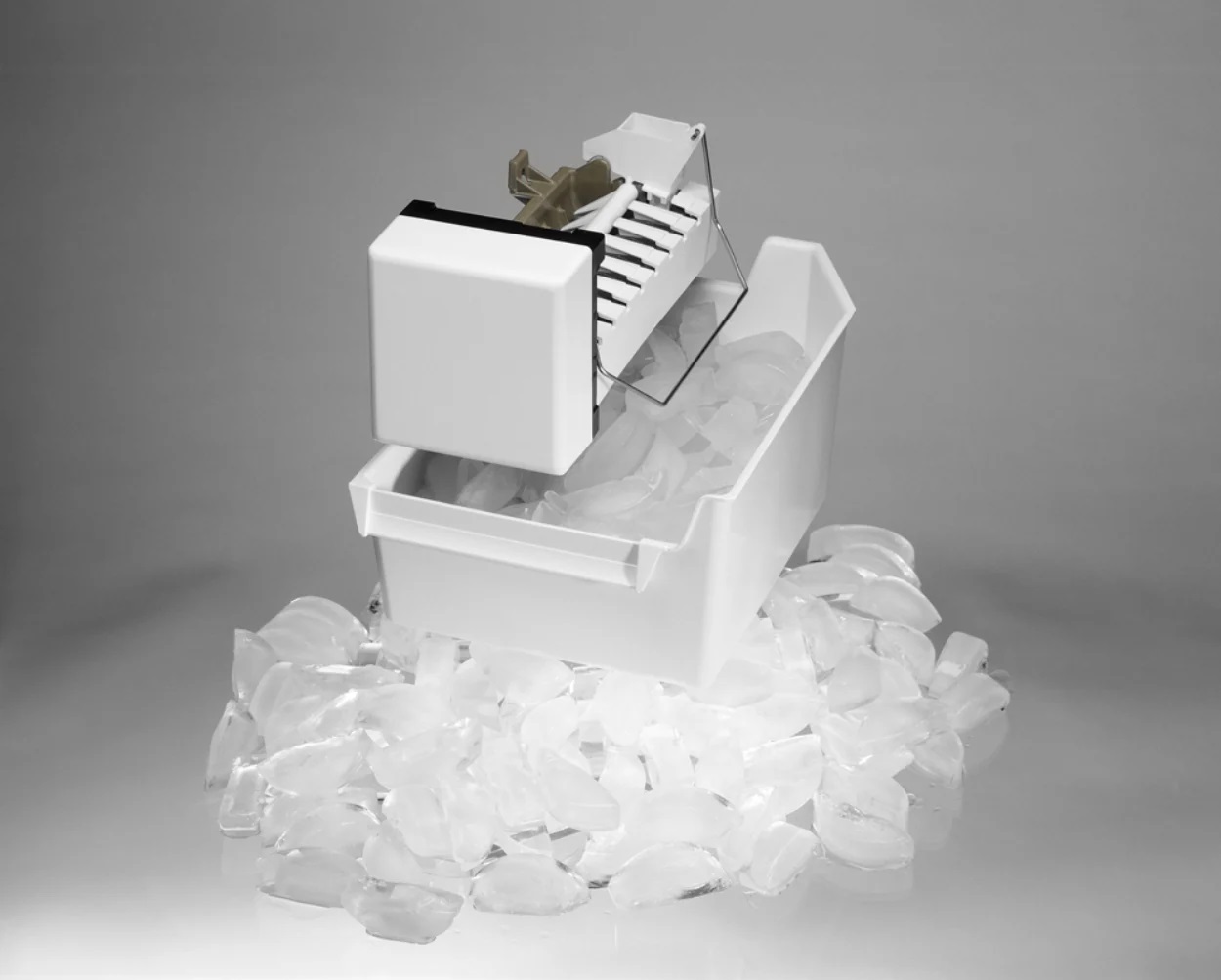
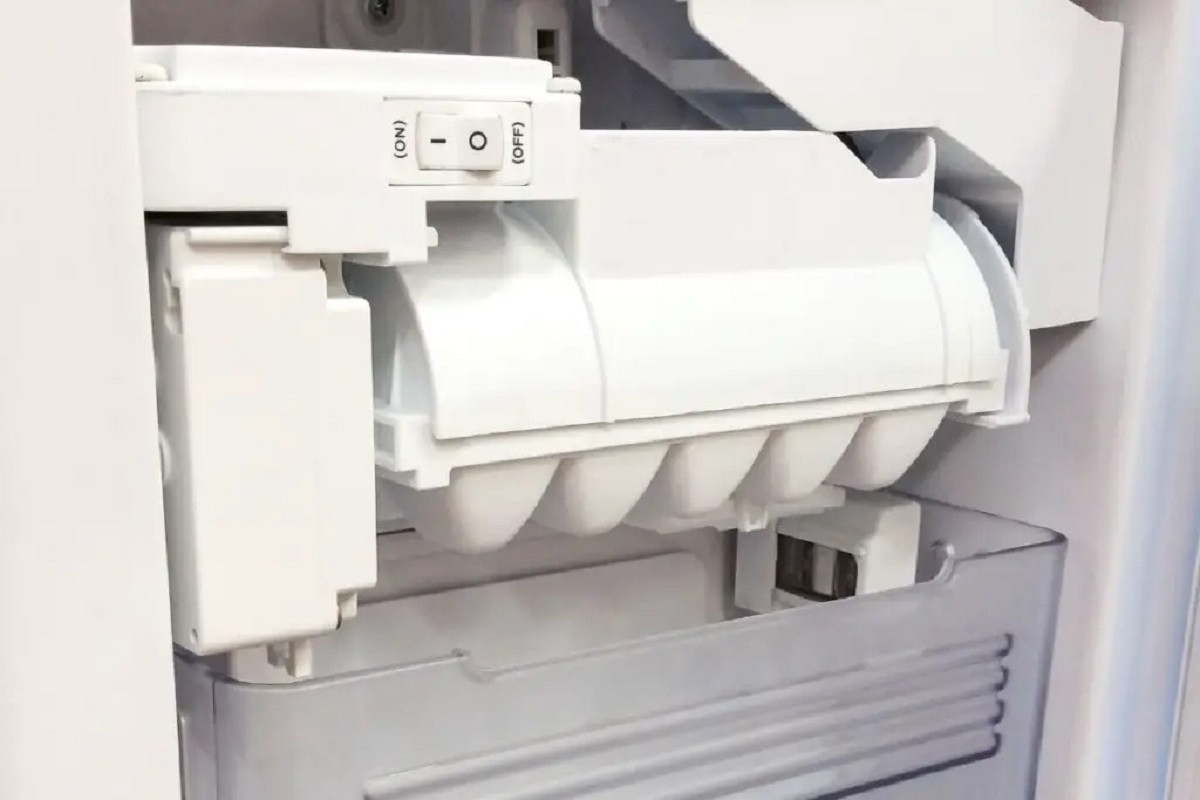
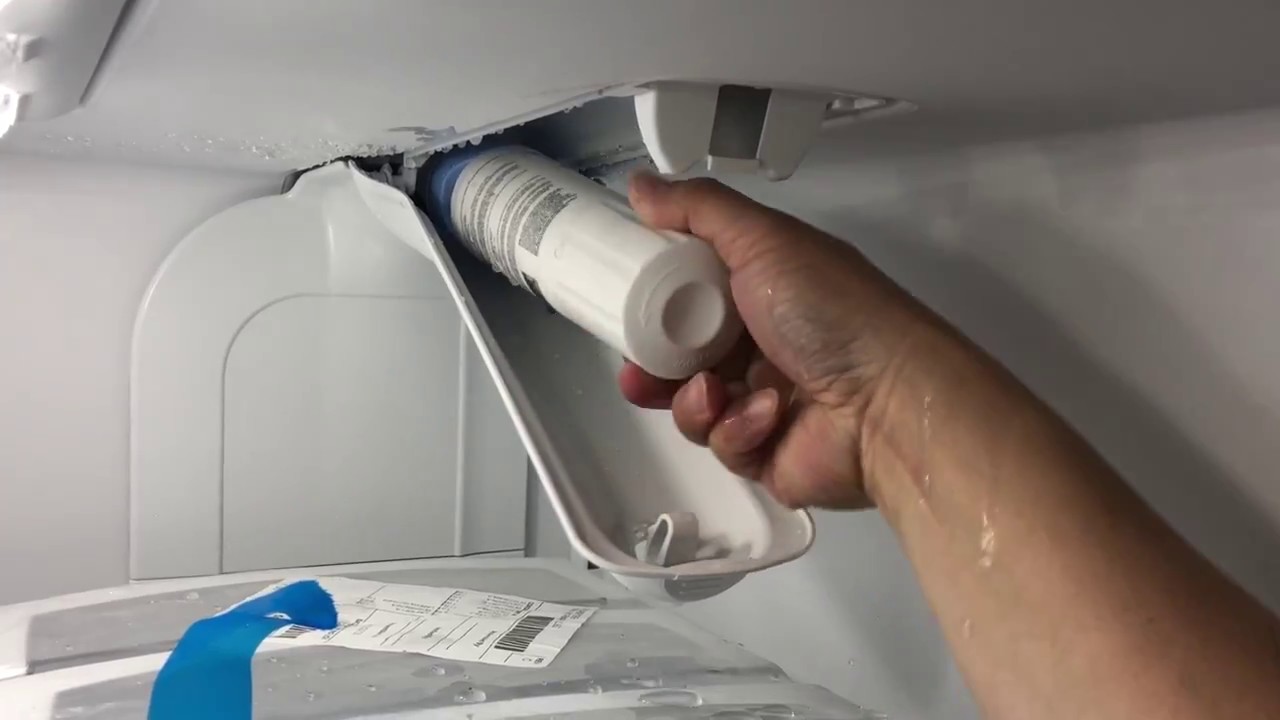
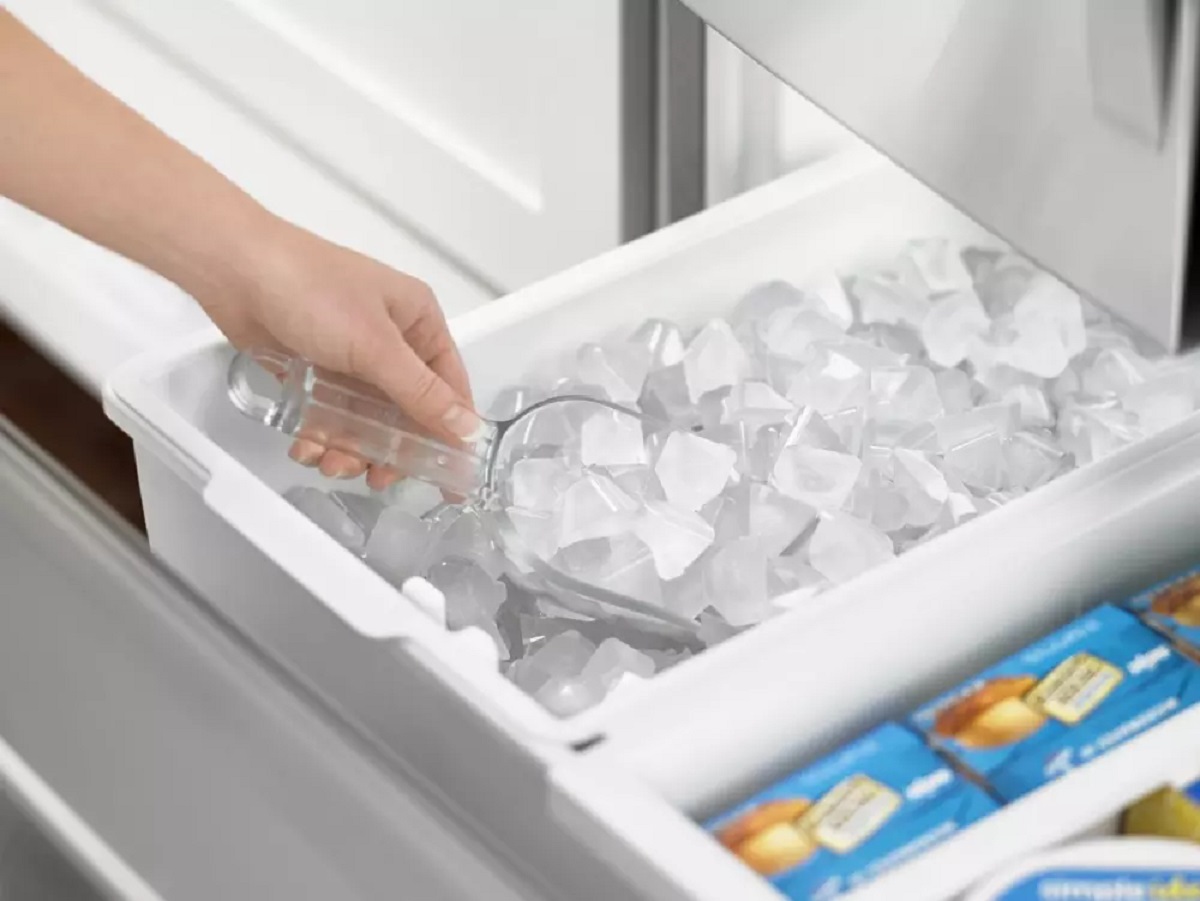
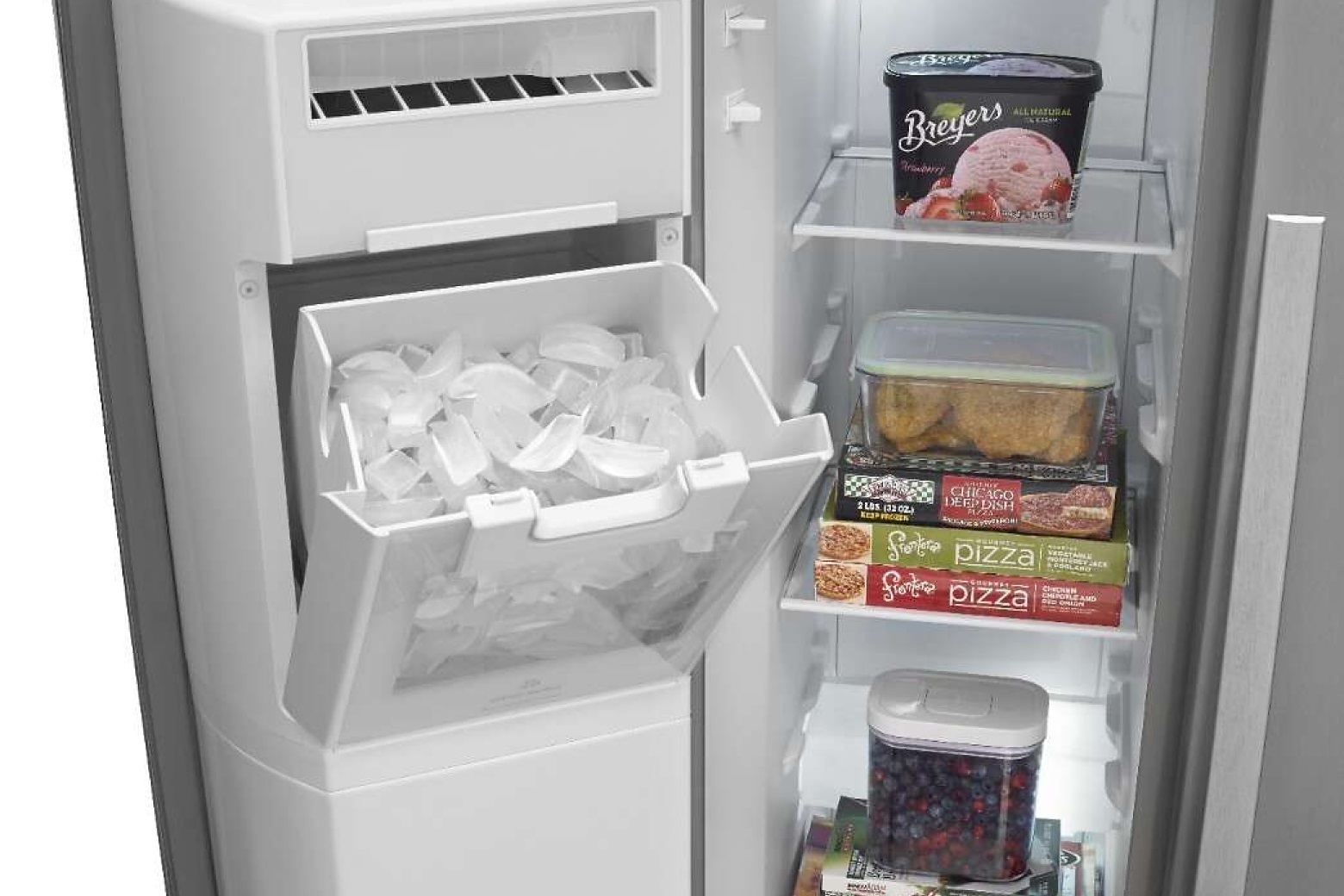

0 thoughts on “How Long Does It Take A Whirlpool Ice Maker To Make Ice”